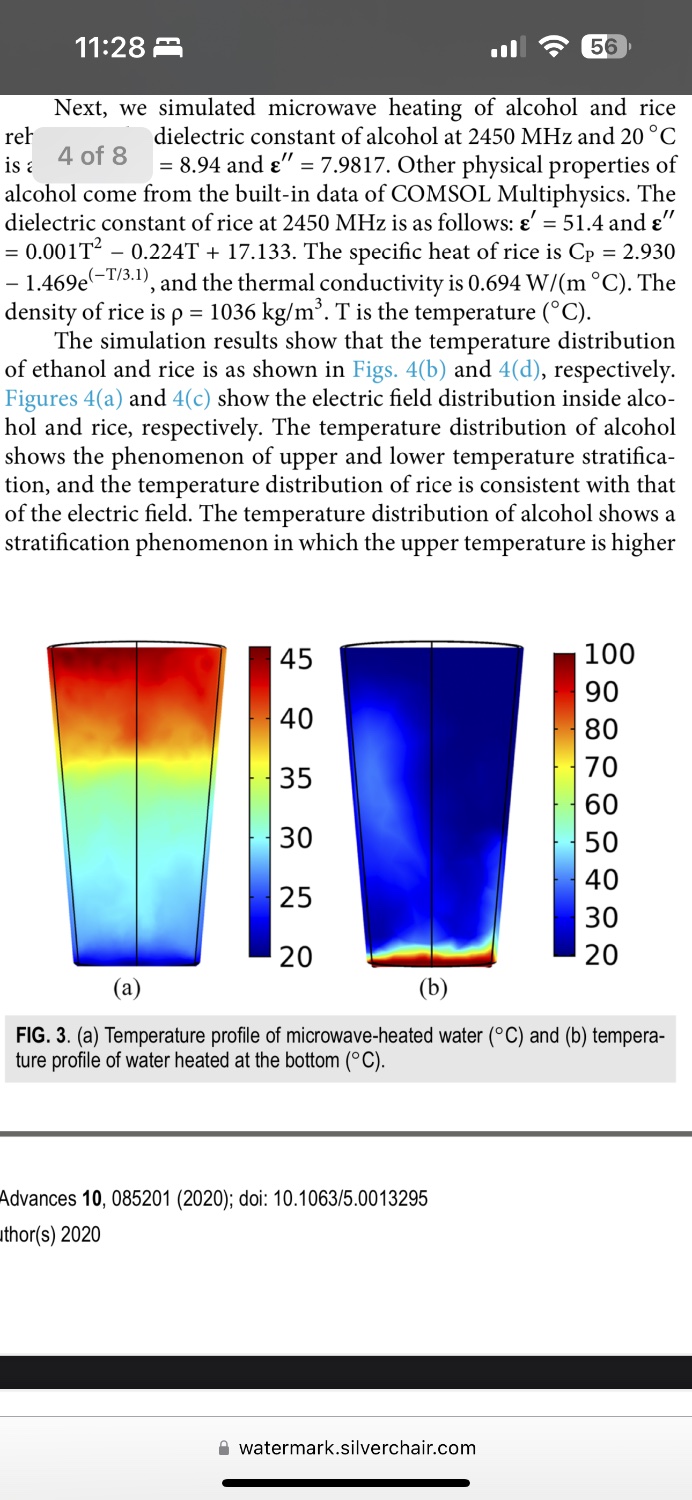Also you can’t just leave your toddler at home when you go out for dinner, or drop your kid off with a boarding facility when you want to go on vacation
- 0 Posts
- 45 Comments
I hope so too
We stopped talking after she got herself stranded in a different city to manufacture a big crisis where people had to rescue her from south central LA at 2AM. She said it was a mistake but we later overheard her bragging about how she did it on purpose to get attention.
I had a friend who would watch this movie over and over. She said it was her “favorite movie”
I later found she was a little messed up in the head.

 2·3 months ago
2·3 months agoI mean, from an engineering and mathematical perspective the gun aiming problem and bipedal droid mechanics are very similar in a lot of ways, except the bipedal droid is much more difficult.
Ultimately, though, who cares? Nothing about Star Wars makes scientific sense and Luke shooting guns from a manual turret is more fun than a computer casually blowing up the tie fighters.

 1·3 months ago
1·3 months agoSure it is, in the real world there are entire disciplines of mathematical theory dealing with those topics.

 1·4 months ago
1·4 months agoI don’t think that is the case. A stratified fluid, in the absence of continued energy exchange with the outside environment, will eventually reach a homogenous temperature distribution due to diffusion.
That said, even if you are were correct, in the context of brewing tea we would only have a few minutes of brew time in which the stratification would have an impact on the extraction.

 1·4 months ago
1·4 months agoSearch the literature for thermal stratification. There are many contexts where it is used outside of lakes and other large bodies of water, many of which do not consist of three distinct layers. Hell, the paper I cited SPECIFICALLY refers to the temperature gradient in the microwaved glass as “stratification”.
If you can’t understand the use of a term outside your specific area of expertise then thats honestly a you problem and that’s all I can say on that.
If the heating methods were as similar as you say, there wouldn’t be hundreds of publications accepted to various journals across the past two decades investigating the problem where microwaves produce a strong temperature gradient between the top and bottom of a body of liquid. It’s a well known process control problem.

 1·4 months ago
1·4 months agoThat’s not really showing temperature stratification which is a more extreme separation of temperature from surface
I think the definition you are using is far too restrictive, in many contexts temperature stratification simply refers to a situation where you get temperature gradients across a fluid with the warmer fluid gathered near the top of the body. For example, in a factory you will often have “destratification” fans operating because warm air from equipment rising to the ceiling results in a temperature gradient from floor the ceiling.
It is not a phenomena exclusive to surface heating.
That’s just showing that the hottest atoms gather to the top, which btw, proves Convection currents.
Yes. My point was not to establish that convection is magically absent from fluids in microwaves, but to establish that it differs significantly from stovetop heating. Convection currents in stovetop heating create a strong stirring action that produces a substantially uniform temperature. Microwaves do not create the same stirring action and this produce a significant nonuniform temperature gradient.
The modified glass is just diverting the hotpots to the bottom to make the convection less “unusual”.
Clearly. They make the heating more akin to a stovetop, which is really the point here.
They aren’t claiming that convection doesn’t accrue, only that it’s “unusual convection” resulting in less even heating like that of thermal stratification, not literal thermal stratification where the layers have separate convection currents that prevent mixing all together.
Once again, you are using a definition of thermal stratification that is far too specific. However, arguing over it is really just being pedantic because the core point at issue here is whether or not heating a cup in a microwave or a stovetop produce the same final product. They do not unless you apply some mechanical agitation to mix it up.

 1·4 months ago
1·4 months agoI’m well aware of temperature stratification. It doesn’t happen in a microwave.
It empirically does. We can argue about the theory all day but the research says microwaves produce stratified temperature gradients when heating liquids. However, I’d point out that, in atmosphere, when we have localized hot spots the warm air can effectively travel in bubbles without significant mixing for quite some distance. There seems to be a similar phenomena at work when microwaving liquids.
See the screenshot below.

I pulled this from “Multiphysics analysis for unusual heat convection in microwave heating liquid” published in 2020 in AIP Advances.
Relevant excerpts:
“ Usually, the fluidity of liquids is considered to make the temperature field uniform, when it is heated, because of the heat convection, but there is something different when microwave heating. The temperature of the top is always the highest in the liquid when heated by microwaves.”
“ The experimental results show that when the modified glass cup with 7 cm metal coating is used to heat water in a microwave oven, the temperature difference between the upper and lower parts of the water is reduced from 7.8 °C to 0.5 °C.”
“According to the feedback from Midea (microwave appliance makers), when users use the microwave oven to heat liquids such as milk or water, the temperature at the top of the liquid will be significantly higher than the temperature at the bottom.”

 11·4 months ago
11·4 months agoI mean, it’s not really a matter of debate TBH. There are a number of peer reviewed journal articles documenting the temperature stratification. Here is one source, where the authors attempt to create a special cup to heat the water more evenly.

 1·4 months ago
1·4 months agoFrom a utility side perspective it’s true to say 240v is the standard we just wire our outlets to use one of the two hot wires instead of both of them.

 31·4 months ago
31·4 months agoConvection currents don’t stir water in a microwave because the heat source isn’t on the bottom. That’s the difference. You get temperature stratified water where the surface is hotter than the bottom of the cup and they don’t naturally mix.
Of course, here in America, we have this incredible technology called a spoon. Pull that bad boy out, give a little stir, problem solved.

 41·4 months ago
41·4 months agoIf you are in a cosmopolitan area there’s plenty of access to tea houses serving loose leaf Japanese and Chinese tea that would satisfy the most demanding tea enthusiast. That doesn’t begin to count the non-traditional items like boba, tisanes, etc.
The USA doesn’t have much of a British style tea tradition, but that’s mostly because it’s a diverse nation and British tea and food is mostly crap to begin with. Why would the US drink British tea when there are so many alternatives that are actually good?

 2·4 months ago
2·4 months agoIt makes you less jittery because it does not, in fact, have a lot of caffeine in it.
It’s absolutely guaranteed you won’t have the same feelings. People change and the new relationship dopamine wears off after a few years.
However, building a life together is a special thing in its own right and that takes commitment to stay together and work on the relationship when times get tough.
Yeah, I did some googling after I commented and apparently amorphous silica gel is actually a safe food additive according to the FDA
I knew a guy in high school that would do self destructive stunts for attention.
I saw him eat silica gel on several occasions. I’m sure it’s not good for you but it’s not like he died or anything.

 4·5 months ago
4·5 months agoYes, when I was a kid in CA people would describe taxidermied animals as being “stuffed”
I distinctly remember the parks department bringing in “stuffed” owls and cougars and stuff into class during first grade to teach us about the local wildlife. It was rad.
You know those equatorial martians aren’t sending their best, right?
Make Martian Poles Great Again
Yeah that’s not an option for many people.
Not everyone’s parents are reliable, still alive, willing to watch the kids, and conveniently nearby. You kinda need all four.